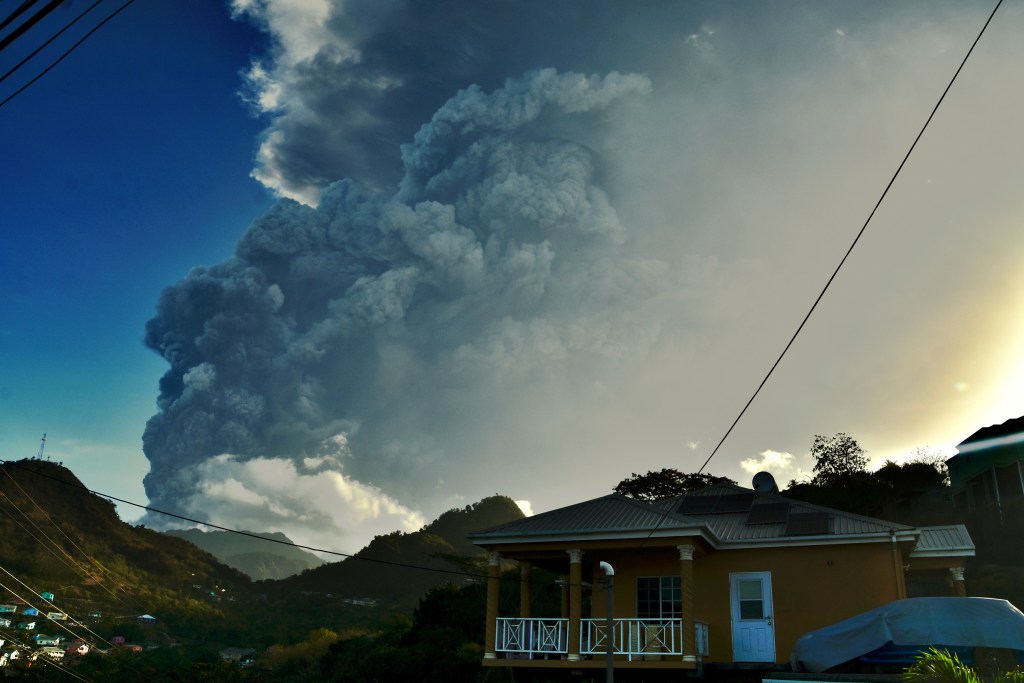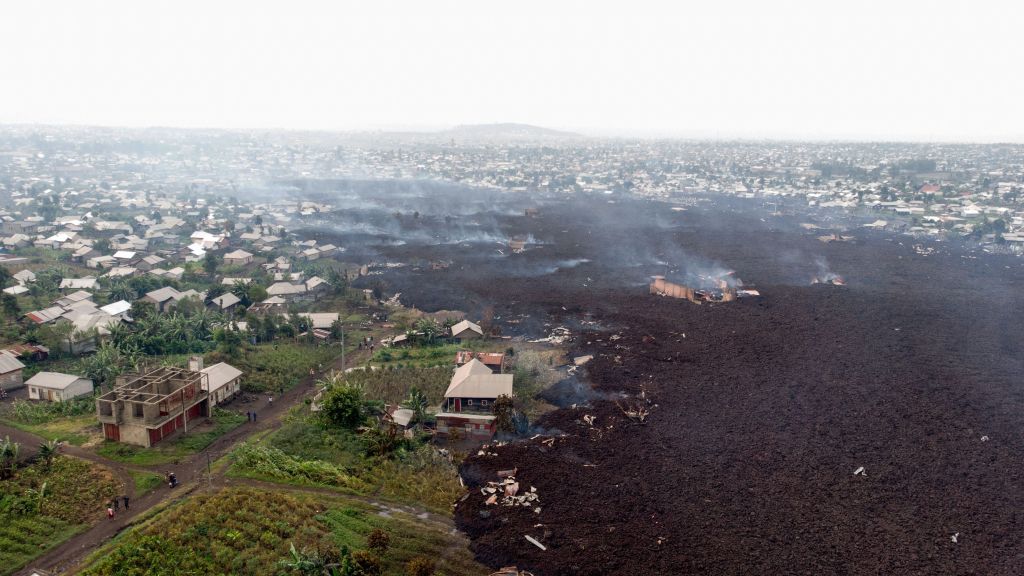Nicaragua’s Momotombo volcano has erupted for the first time in more than a century, spewing bright red lava into the night sky accompanied by large quantities of ash.
The authorities said the renewed activity, which began on Monday night, has not yet put nearby communities in any imminent danger but warned locals to get ready to leave at a moment’s notice.
Videos by VICE
“We will evacuate if necessary, right now we are monitoring the activity of the volcano,” disaster prevention chief Guillermo González told reporters.
Momotombo stands 4,255 feet (1,297 meters) high and is located next to Lake Xolotlán and near to the colonial city of León, with 32 smaller communities in its immediate vicinity. The volcano is a popular hiking destination with a reputation as the most difficult climb in northern Nicaragua.
Momotombo erupted ten times between 1849 and 1905 — the volcano’s last active cycle.
Signs that it was waking up again had been noticed for several years before locals began reporting feeling small tremors a couple of weeks ago, at the same time as the volcano began releasing plumes of steam.
via YouTube
The Smithsonian Institution’s Global Volcanism Program, which tracks volcanic activity around the world, reports that Momotombo had experienced “seismic swarms” — a localized surge of small earthquakes — between 2003-2011 that suggested the movement of magma underneath.
“The recent eruption is typical of Strombolian activity, which means it is characterized by lava spouting like a fountain and ash plumes,” Sally Kuhn Sennert, of the Smithsonian program, told VICE News, adding that the activity a century ago was also typically Strombolian. “Certainly the activity going on now is very similar to what has happened in the past. However, whether this will be the beginning in a series of eruptions is impossible to say.”
Local media reported that the spectacular scenes were attracting sightseers to the area, prompting warnings to them not to get too close.
“We don’t know how long the activity is going to continue,” Armando Saballos, a government volcanologist told La Prensa. “We ask for prudence from the general population who should maintain a distance of at least six kilometers in order to avoid tragedy.”
Related: What It’s Like Living Near Cotopaxi, Ecuador’s Very Active Volcano
Follow Nathaniel Janowitz on Twitter: @ngjanowitz



